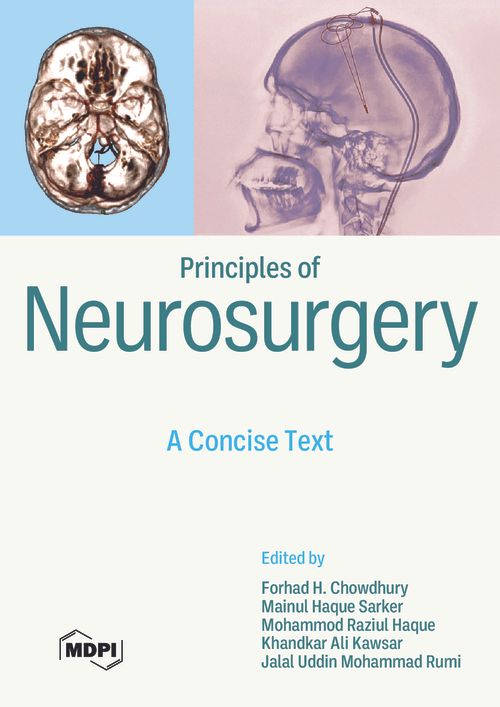Subarachnoid Hemorrhage and Intracranial Aneurysm
A subarachnoid hemorrhage (SAH) constitutes about 5% of total strokes and occurs due to a ruptured intracranial aneurysm or an AVM. Of aneurysms, 85% are constituent from anterior circulations and the remaining 15% from posterior circulation. Saccular (berry) aneurysms comprise 90% of all intracranial aneurysm morphologies. About 2% of the general population has an intracranial aneurysm, about 1% will have a rupture during their lifetime and 0.5% will die because of an SAH. A ruptured aneurysm usually presents with a sudden, severe thunderclap headache. A CT scan followed by a CTA/MRA/DSA will confirm the diagnosis. Patients are managed in the ICU and need urgent or delayed microsurgical clipping or endovascular coiling to prevent further rupture of the aneurysm. This chapter will include discussion of SAHs and the microsurgical management of different types of intracranial aneurysms in brief. The endovascular management of aneurysms will be discussed in Chapter 18.
